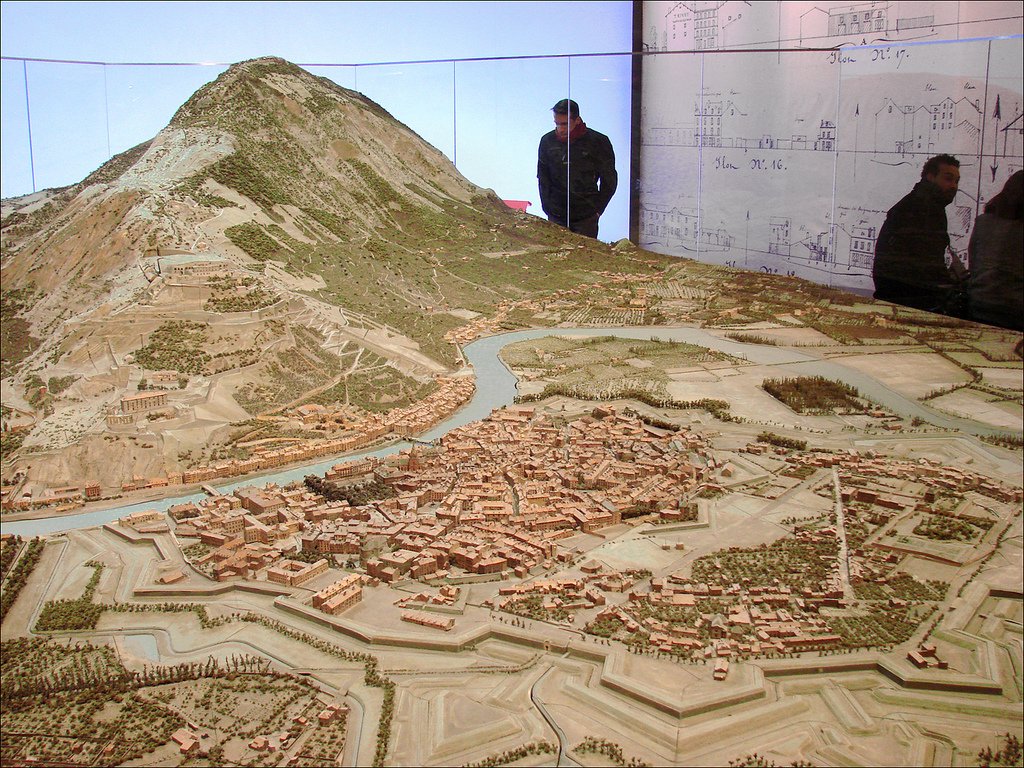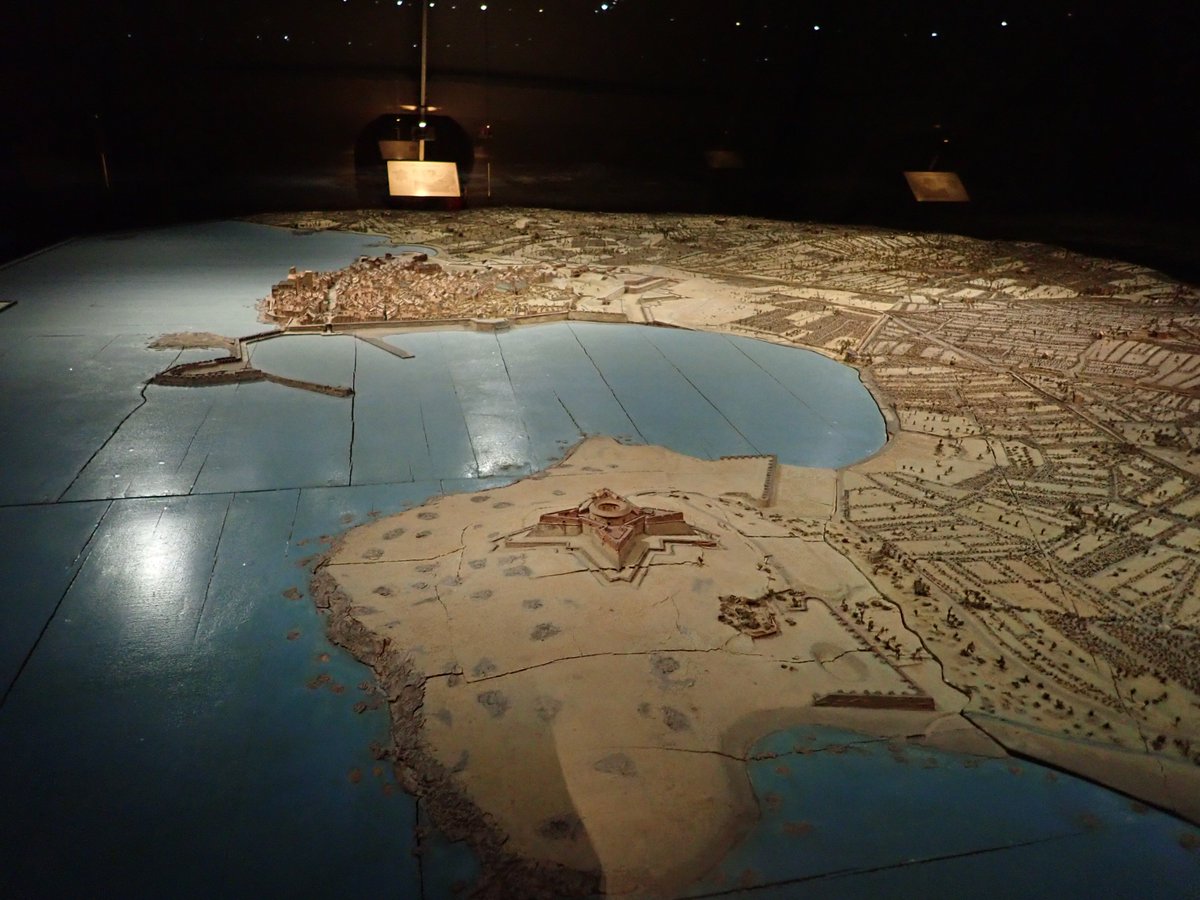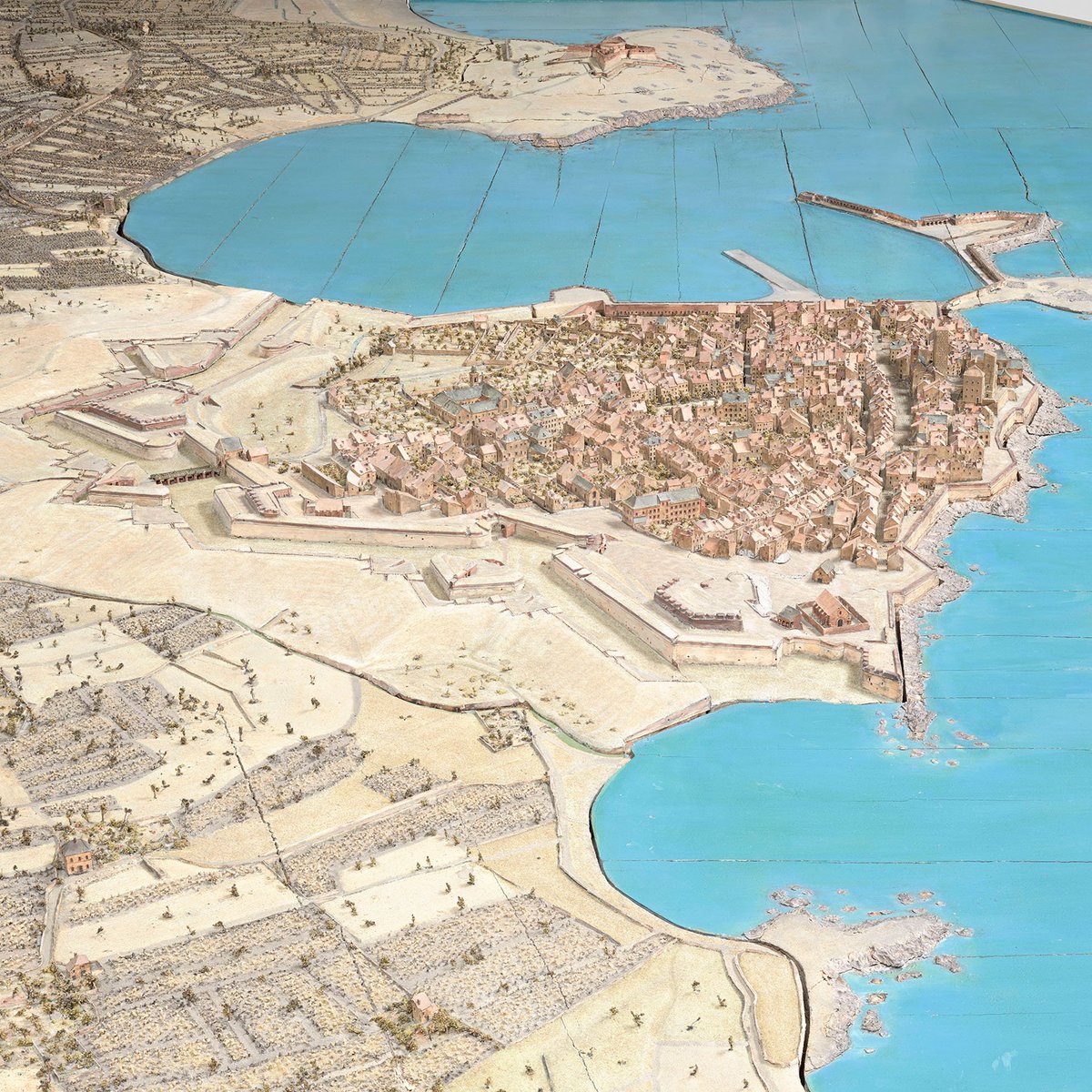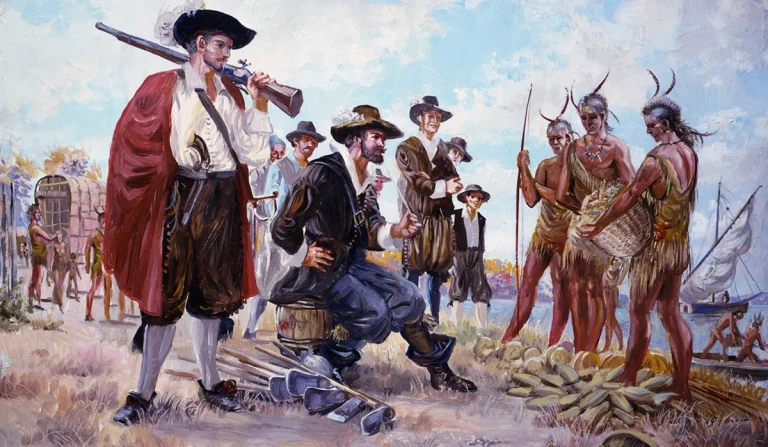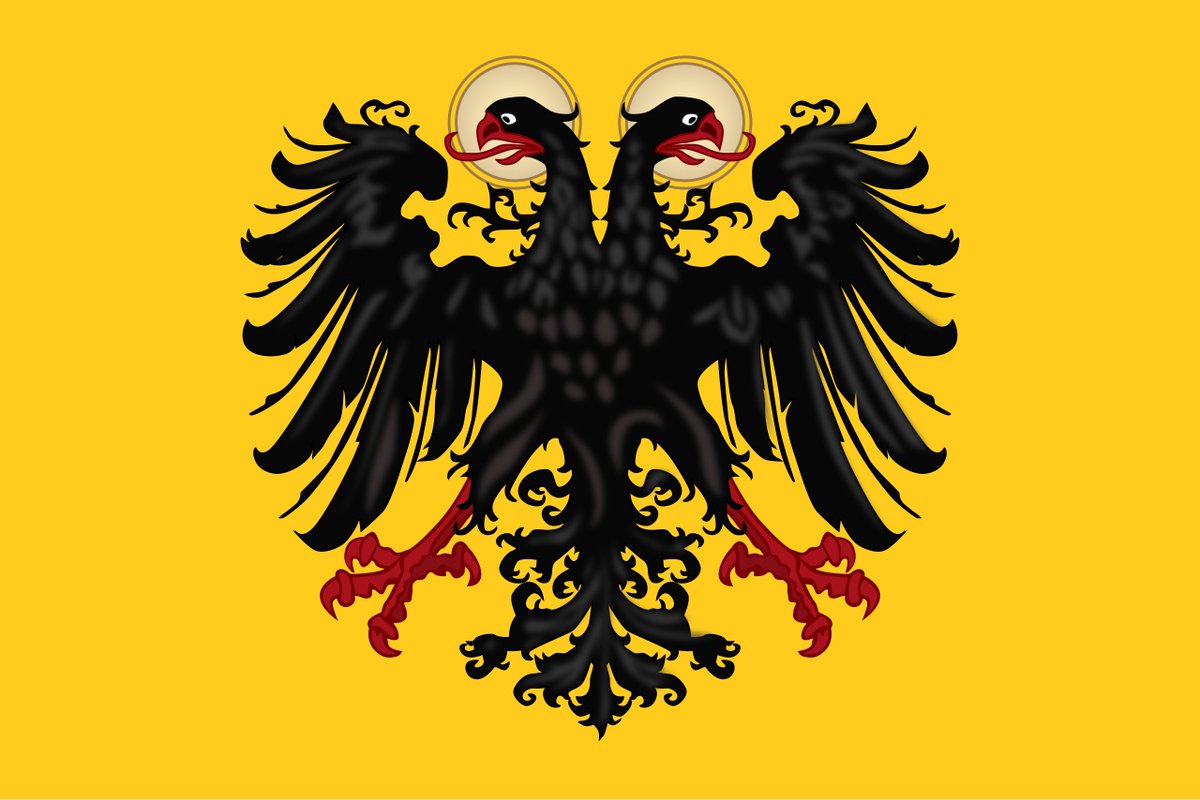Today 14 March is the anniversary of the battle of Mogyoród in 1074, fought for the control of the Kingdom of Hungary. King Solomon was defeated by his cousins Géza and Ladislaus and Géza became the new King of Hungary! 


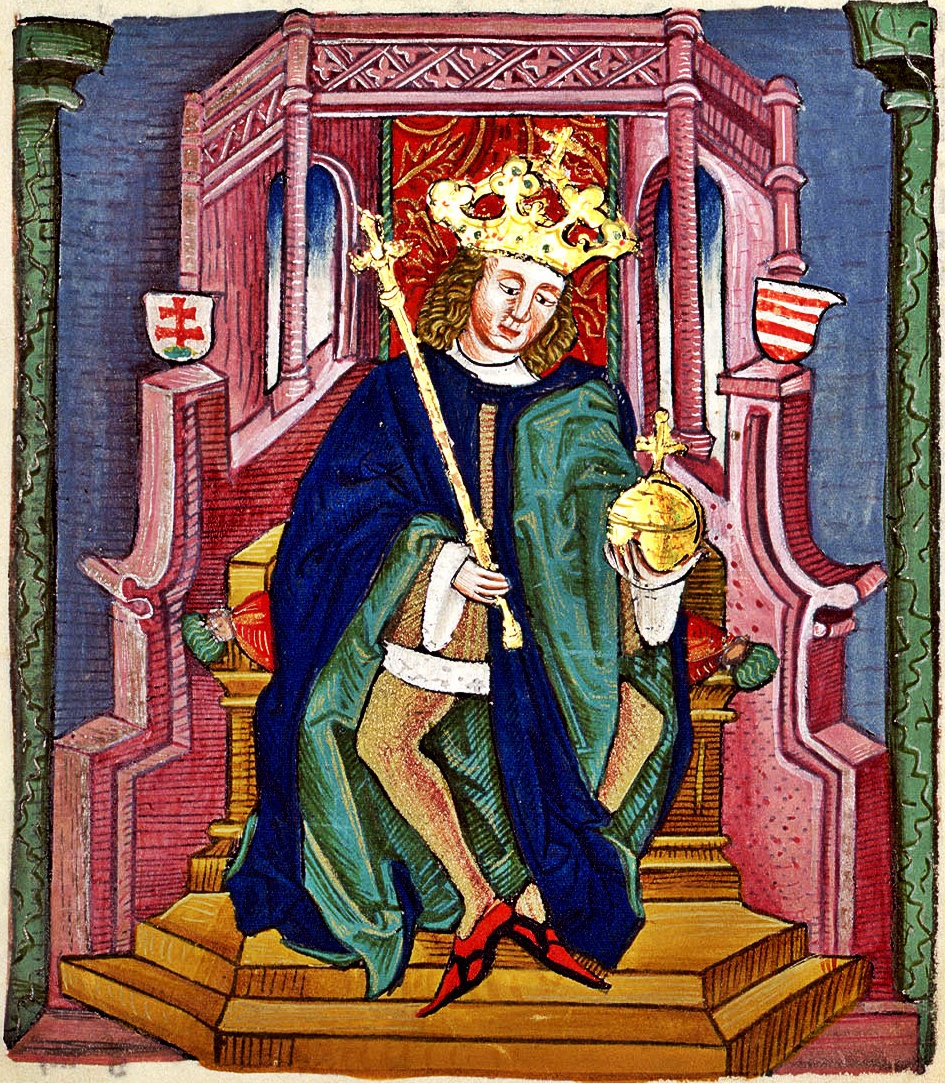
King Solomon became King of Hungary in 1063 after he entered with a large army from the Holy Roman Empire with the support of German troops to reclaim the throne of his father Andrew I by dethroning his uncle Béla who briefly ruled from 1060 to 1063 after defeating Andrew. 
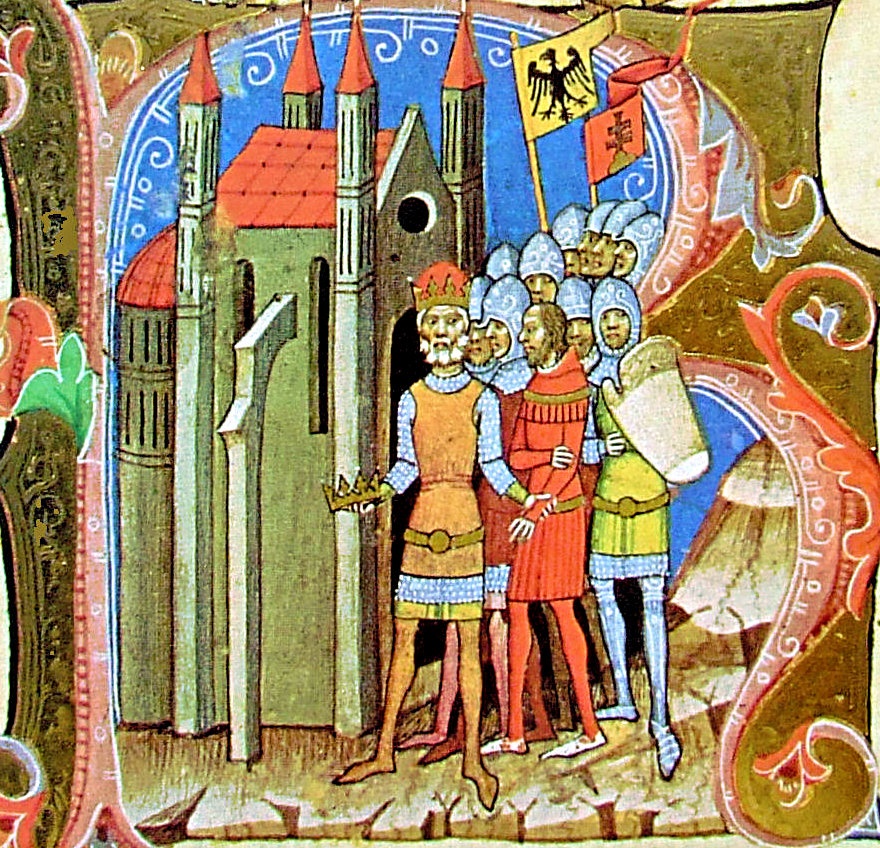
However as the German troops left Béla's sons and Solomon's cousins Géza, Ladislaus and Lampert arrived from Poland with Polish forces. Conflict was somehow prevented but tensions remained between King Solomon and his cousins. 

The Kingdom of Hungary was in a difficult situation and needed cooperation, so between 1064 and 1071 Solomon and his cousins put aside their differences and fought together against Bohemians, marauding nomadic tribes and attacked the Byzantine fortress in Syrmia! 

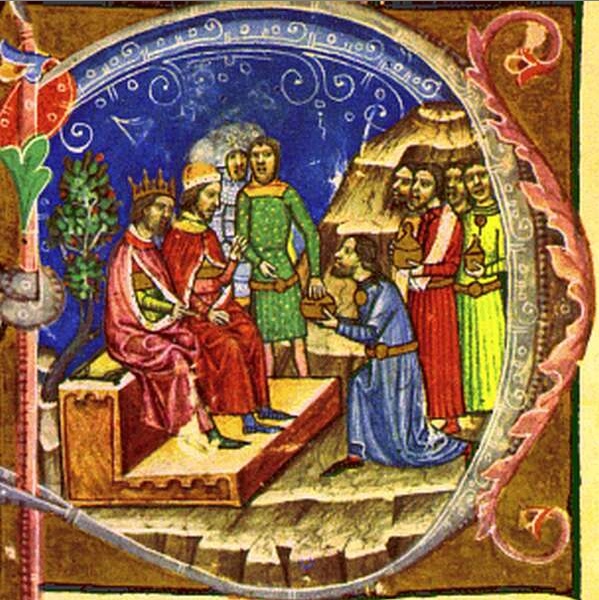

However during this campaign against the Byzantines relations soured again and Solomon and Géza began preparing for the inevitable conflict. Solomon was assisted by his brother-in-law King of the Romans Henry IV who sent his German reinforcements from the Holy Roman Empire. 
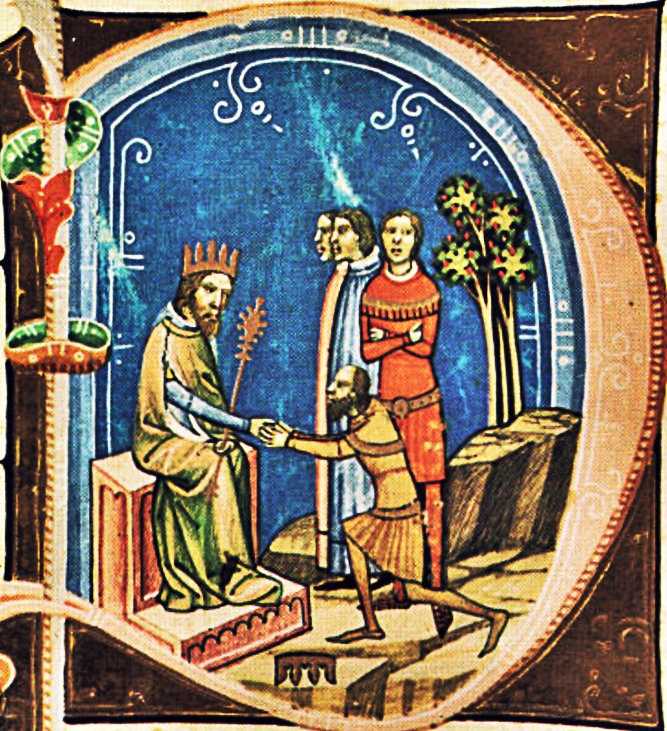
Meanwhile Geza's brother Ladislaus arrived with Moravian Duke Otto I of Olomouc who brought Czech reinforcements. They would fight together against Solomon at Mogyoród on 14 March 1074, decisively defeating him! Géza took possession of almost entire Hungary while Solomon fled. 

It's interesting that during this battle of Mogyoród Géza and Ladislaus supposedly changed their banners so that Solomon's army would attack Ladislaus elite Czech troops thinking he was attacking Géza! Ladislaus then launched a devastating counter-attack, breaking Solomon's army! 
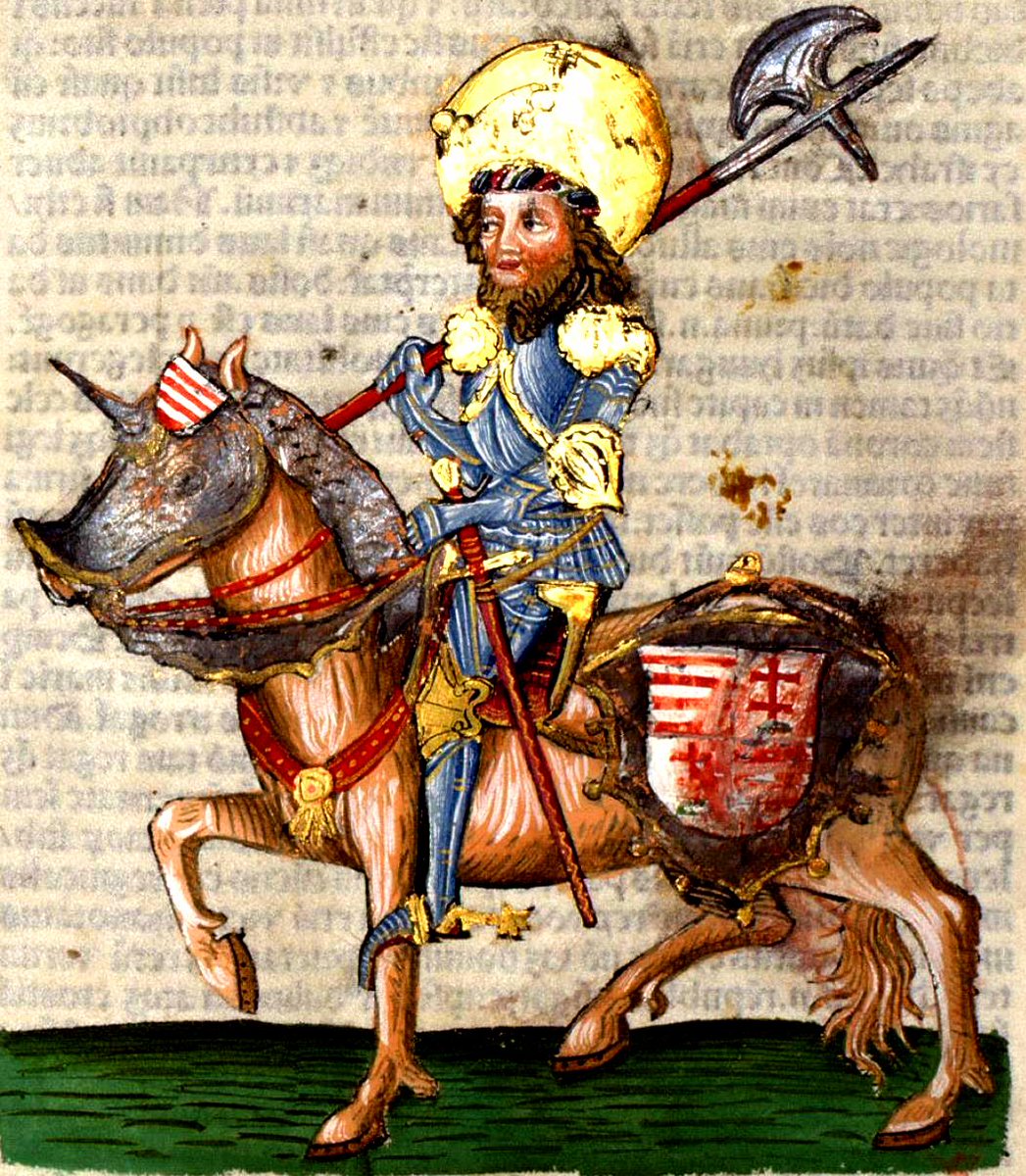
Chronicles report how after the battle Ladislaus, who would later become King of Hungary himself and also a Catholic saint, "always a man of exceeding piety," cried over "many thousands fallen, even though those who were killed had been his enemies"! 
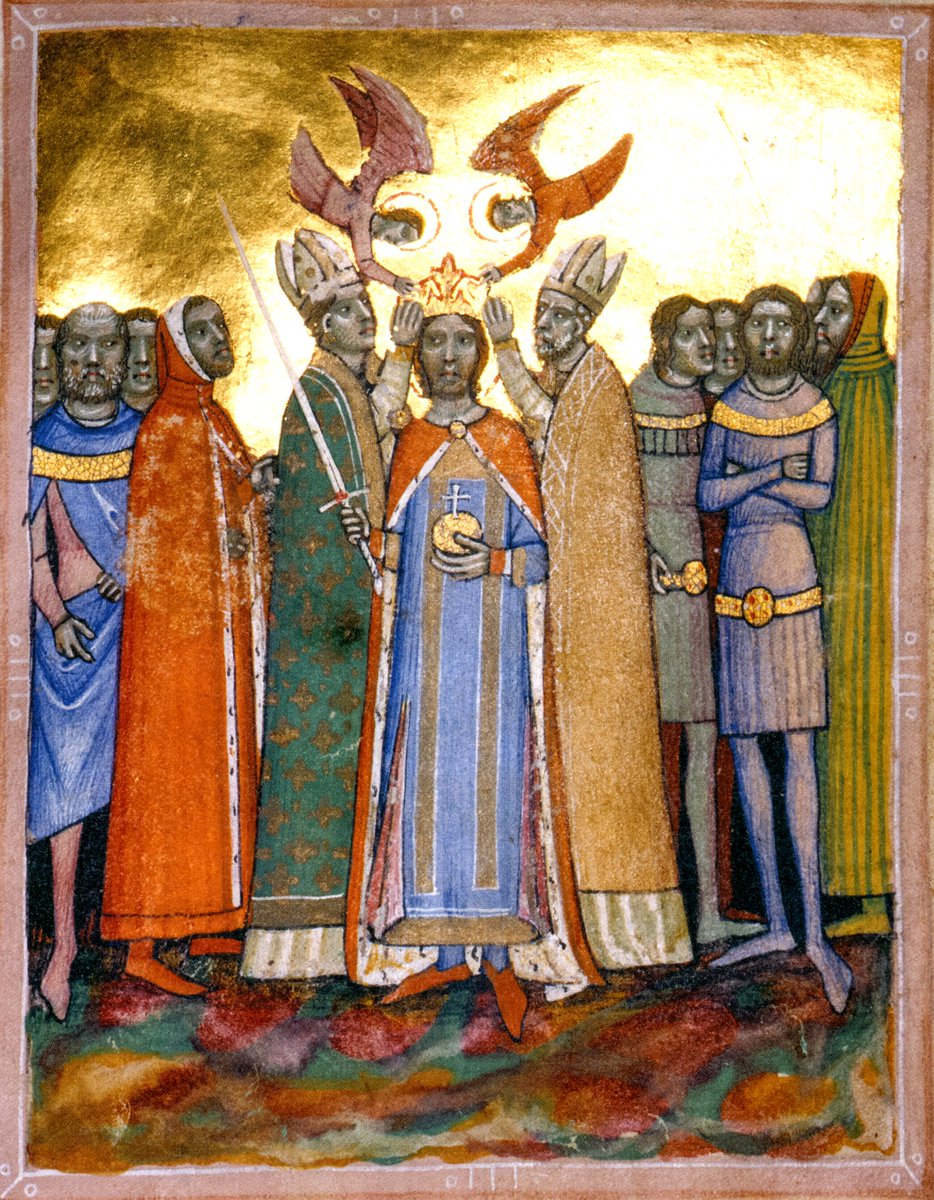
• • •
Missing some Tweet in this thread? You can try to
force a refresh


